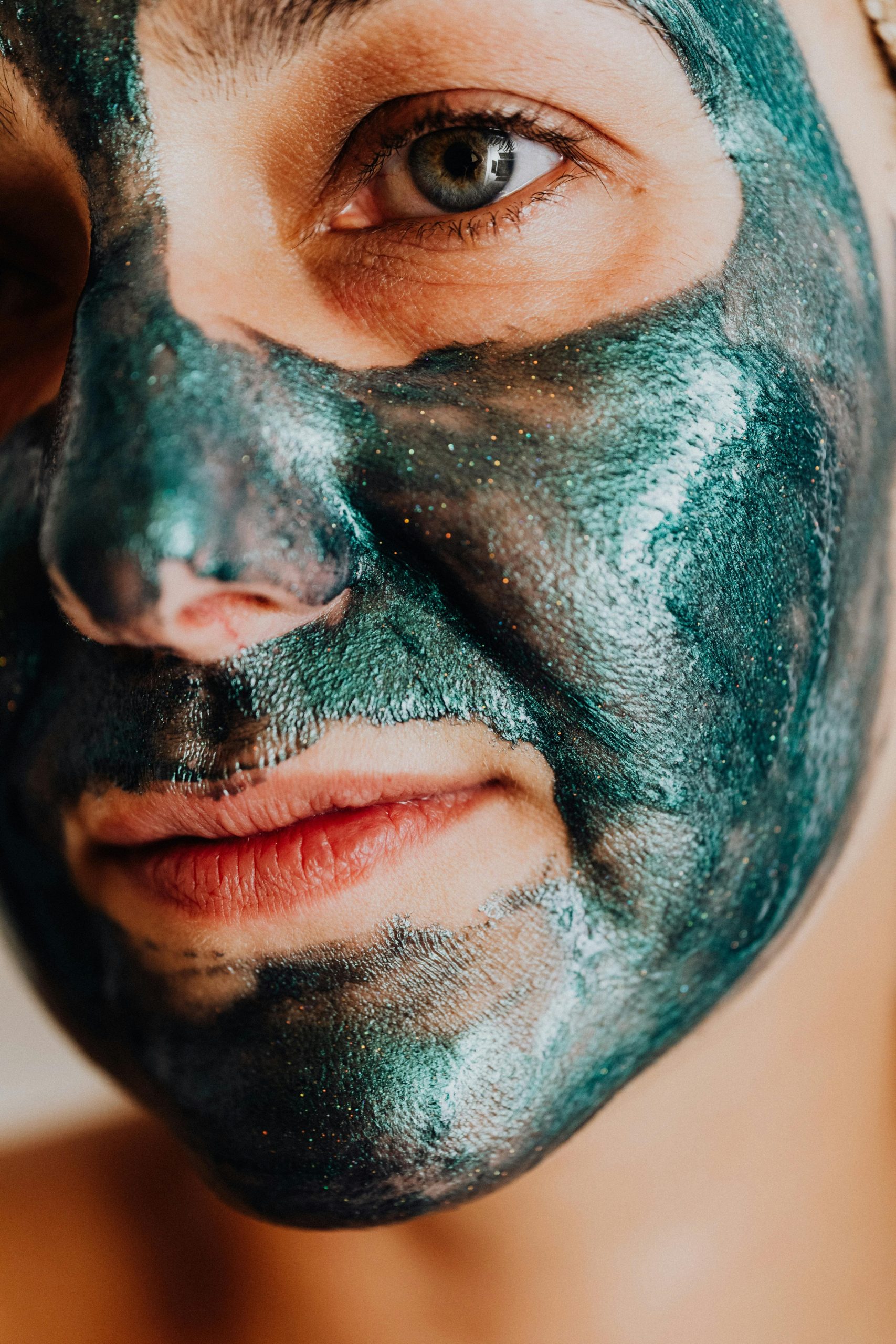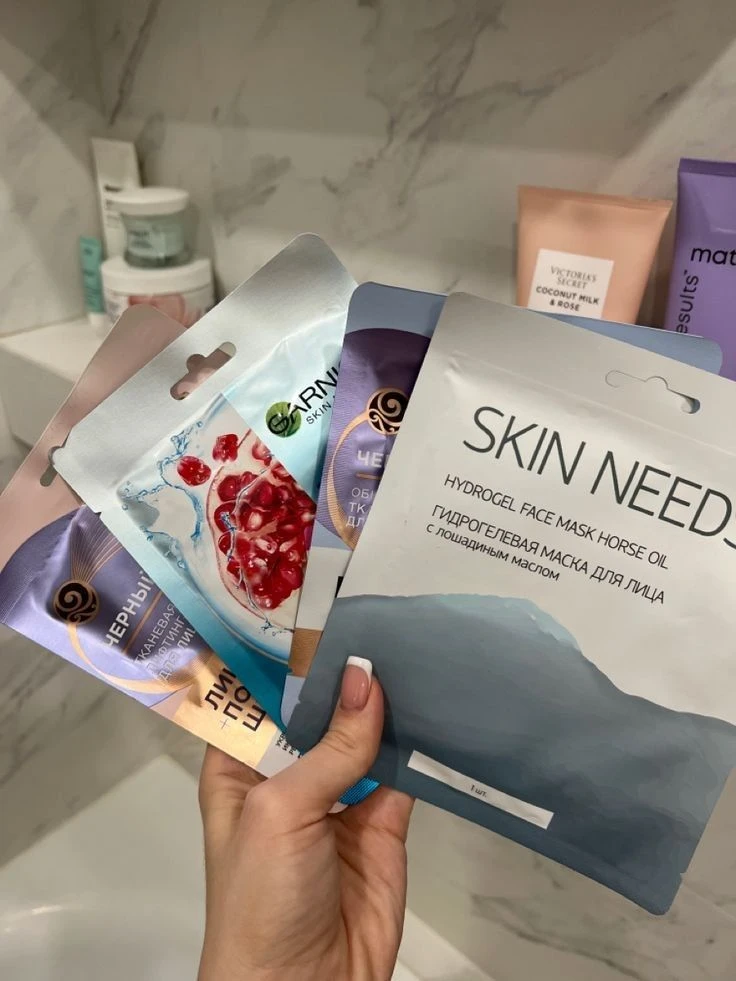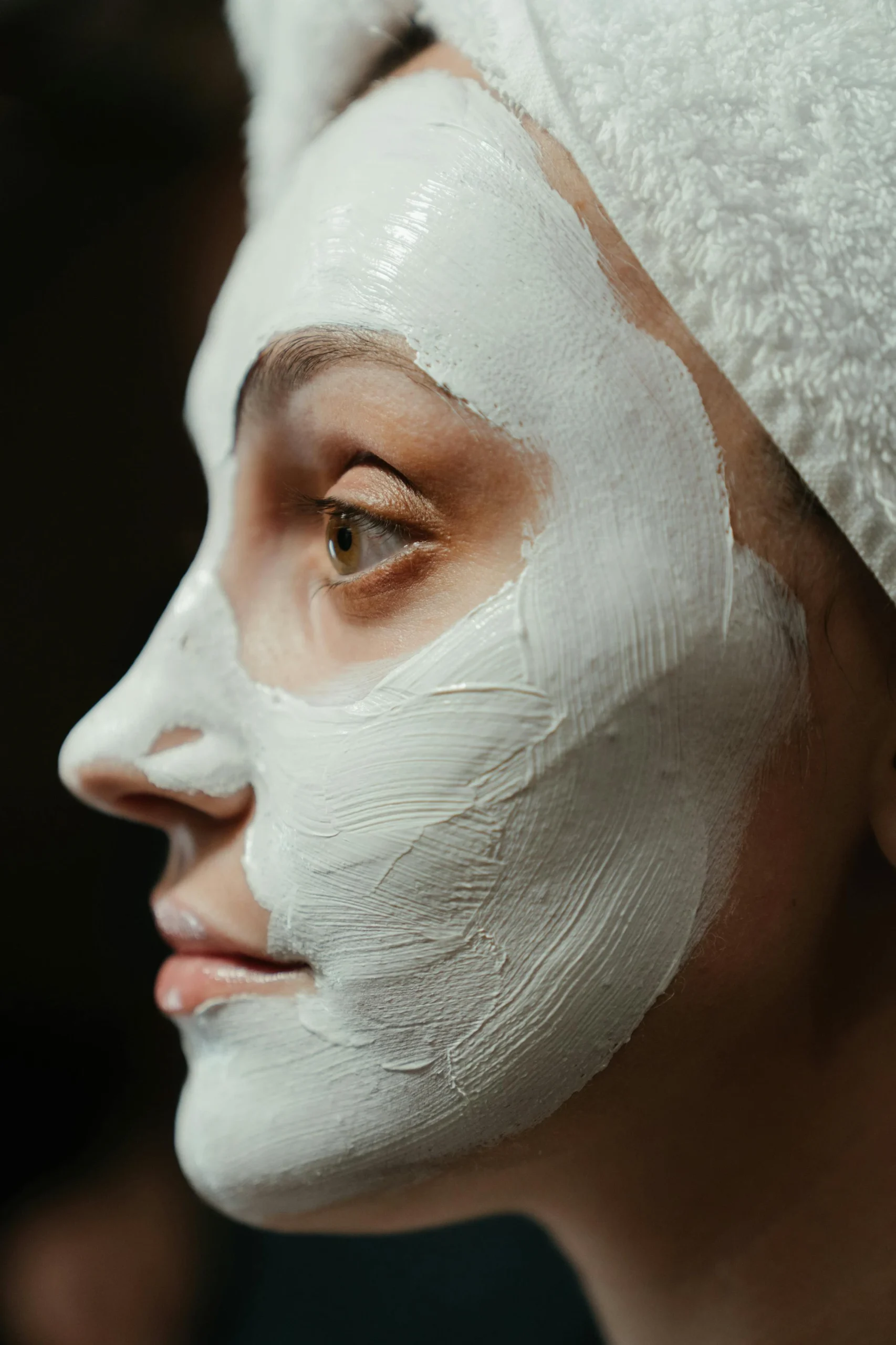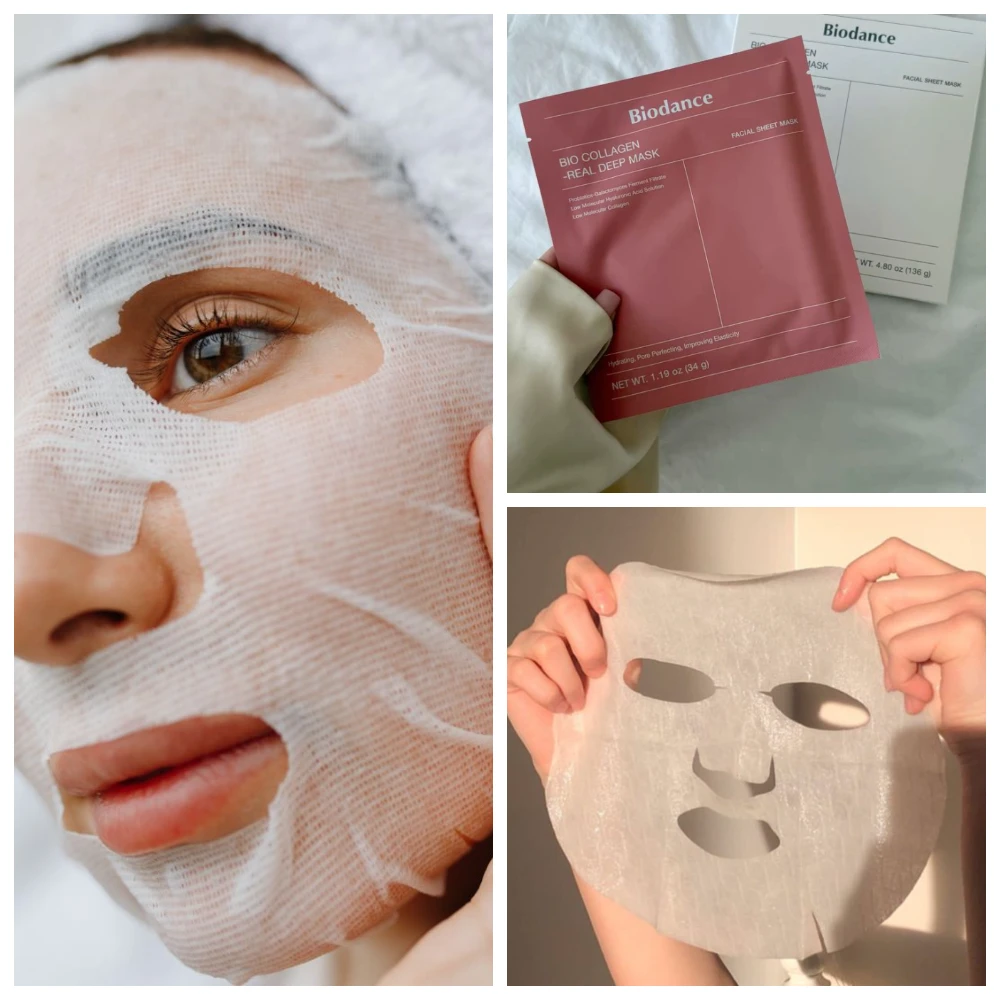Let’s talk about how to choose the perfect face mask!
Sometimes you walk into a beauty store and your eyes go wild — jars, tubes, sachets everywhere, each one promising radiant skin in 10 minutes. Sounds tempting, right? But how do you know which one is actually right for you?
The goal isn’t just to buy a pretty jar — it’s to give your skin what it really needs. The secret is not to fall for flashy packaging or big claims, but to understand your skin type, its quirks, and what it’s missing.
In this article, we’ll figure out how not to get lost in the world of masks — what types exist, what they do, and how to choose wisely.
Types of Face Masks and What They Do
Clay masks – like a mini spa for your pores!
Clay draws out excess oil, deeply cleanses, and leaves your skin matte.
- For oily skin: green or white clay.
- For combination skin: kaolin with mild additives.
- For dry skin: only clay formulas with moisturizing ingredients — so your skin doesn’t feel tight.
Sheet masks – quick, convenient, and effective.
They’re soaked in nourishing serum and perfect for last-minute glow-ups.
- For dry skin: hyaluronic acid.
- For dull skin: vitamin C.
- For sensitive skin: aloe vera or panthenol.
Cream masks – rich, hydrating, and soothing.
Some can be rinsed off; others you can leave overnight.
- Overnight masks with ceramides are a lifesaver for dry skin.
- Cream masks with mild acids are great for acne-prone or textured skin.
Alginate masks – powder-to-gel formulas that provide instant lifting and hydration.
Best of all, they work for every skin type.

How to Choose a Mask for Your Skin Type
Oily skin: Go for clay masks, antibacterial alginate masks, and sheet masks with tea tree extract — they help reduce shine and calm breakouts.
Dry skin: Look for overnight cream masks with oils, sheet masks with hyaluronic acid, and hydrating alginate masks to restore moisture balance.
Combination skin: Try multimasking — applying different masks to different areas. For example, clay on the T-zone and a moisturizing mask on the cheeks.
Sensitive skin: Choose calming masks with cica (centella asiatica), oat extract, or panthenol to reduce redness and irritation.

What to Look for in Ingredients
- Hyaluronic acid: A top-tier hydrator that pulls and retains moisture — suitable for all skin types.
- Collagen: Improves elasticity and smooths fine lines, especially great after 30.
- Peptides: Encourage natural collagen production and slow visible aging.
- Vitamin C: Brightens and evens tone.
- Clays: Different types target different needs — pick one that fits your skin type.
Popular Masks People Swear By
For oily skin:
- L’Oréal Pure Clay Mask
- Holika Holika Tea Tree Mask
For dry skin:
- Laneige Water Sleeping Mask
- Garnier Moisture +
For combination skin:
- Mixit Clay Mask Set
- Mediheal N.M.F Aquaring
For sensitive skin:
- Dr. Jart+ Cicapair Mask
- A’pieu Madecassoside Mask
Common Mistakes When Choosing Masks
- Buying just because it’s a famous brand.
- Ignoring the season (skin needs more hydration in winter, more cleansing in summer).
- Using masks too often (your skin can get overwhelmed).
- Applying on dirty skin (always cleanse first!).
How to Use a Face Mask Correctly
- Cleanse your face — light exfoliation helps.
- Apply the mask evenly.
- Leave it on for the time stated on the label.
- Rinse off (or massage in if it’s a sheet mask) and finish with your favorite cream.

Masks for Specific Skin Concerns
- Blackheads: charcoal clay masks.
- Wrinkles: peptide or retinol cream masks.
- Tired skin: vitamin C, ginseng, or caffeine masks.
- Instant glow: sheet masks with niacinamide.
Extra Tips
- Store sheet masks in the fridge for an instant cooling effect.
- Always apply moisturizer after clay masks.
- Do a series of masks for intensive care.
- Mix and match mask types — for example, clay + sheet mask combo.
In Conclusion
Choosing a face mask isn’t just shopping — it’s self-care.
When you know your skin type and what it needs, you’ll find the one — the perfect mask that keeps your skin healthy, hydrated, and glowing.
FAQ — Common Mask Questions
How often should I use face masks?
Usually 1–2 times a week. Oily skin can do more; dry skin less.
Can I use the same mask all year?
You can, but it’s best to adjust for the season.
Are sheet masks suitable for teens?
Yes, as long as they don’t contain harsh ingredients.
What if a mask causes irritation?
Rinse it off immediately, apply a calming cream, and don’t reuse it.
Should I wash my face after a sheet mask?
No — just gently pat the leftover serum into your skin.
Which masks really help with wrinkles?
Those with peptides, retinol, and collagen.
Is there a universal mask for everyone?
Yes — any hydrating mask with hyaluronic acid.








